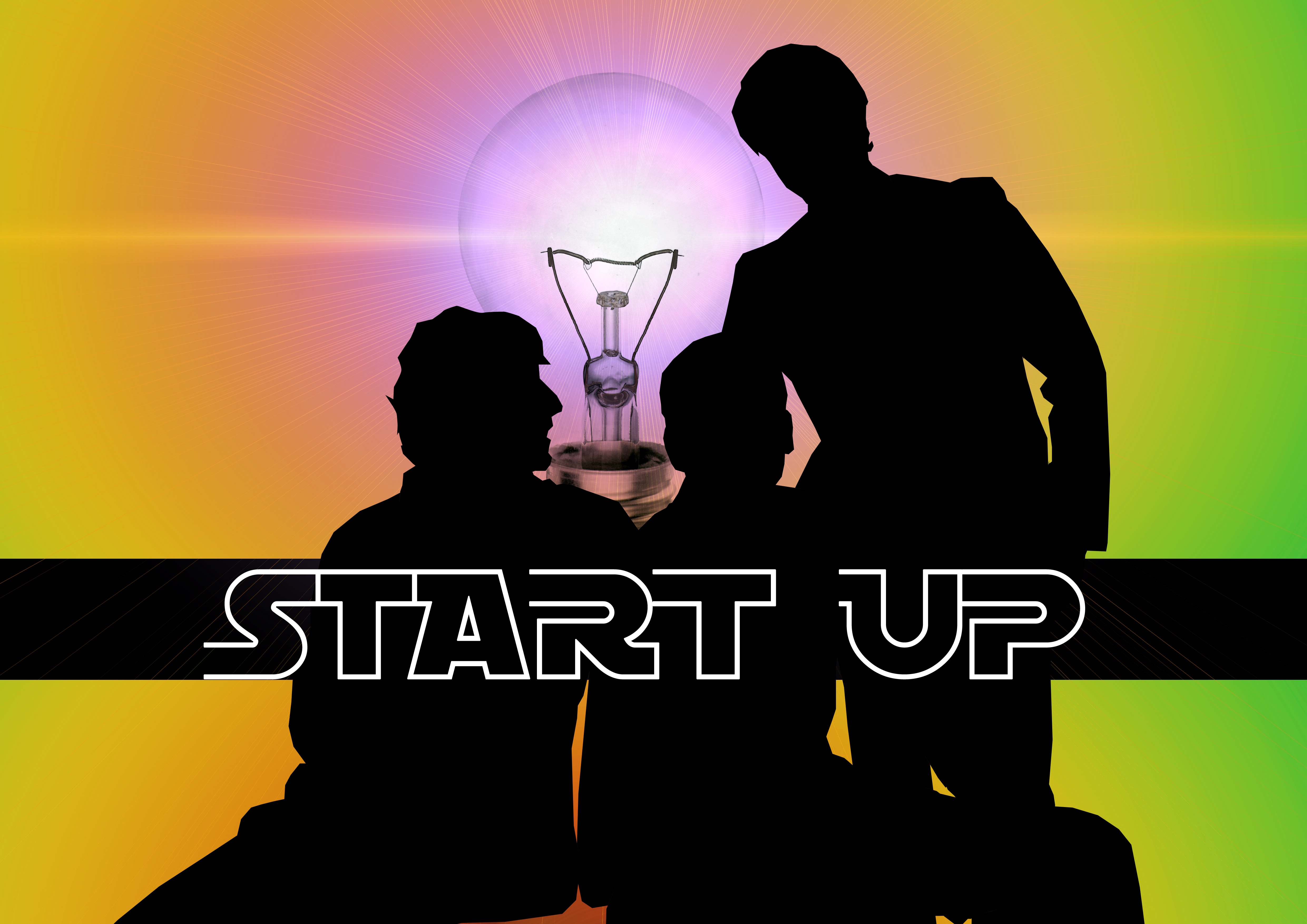
It’s easier said than done. So here’s a strategy to finding the best investments and backing your research with the right levels to make those returns even more tastier.
Successful investing boils down to buying assets at a discount to intrinsic value. The greater the discount, the more likely the investment will perform.
Two highly-educated people can view the same information and come to very different conclusions. People weight information differently based on their preferences, values, and experiences. Some are comfortable tolerating certain types of risk.
So here’s how we evaluate a company’s intrinsic value:
we look at getting an understanding of what is owner earnings. These are defined as:
Owner Earnings =
(a) Net Income
+ (b) depreciation, amortization
+/- (b) other non cash charges
– (c) annual maintenance capex (or the full capex)
+/- changes in working capital
Otherwise, owner earnings are the profits left over after necessary expenditures that owners can discretionarily spend, save, or reinvest.
The goal is to understand depreciation and capital expenditures as they rarely reconcile easily, and to understand what spending is necessary to maintain the capacity and competitive position of the business, and if the company is doing so responsibly. Depreciation is a real cost and should be looked at as merely the repayment of prior capital investments.
Amortization is a different beast. Hard assets are depreciated. Intangibles are amortized. This distinction is critical in understanding cash returns. A large depreciation rate means the business is likely capital-intensive. High amortization means the business has probably been acquisitive and the difference in tangible book value and purchase price is being amortized. Therefore, amortization can be counted on to deliver higher post-tax returns, without necessary re-investment.
Special income/losses require particular scrutiny. If earnings are going to be distorted, this is usually where it happens. In my experience, every business has a consistent barrage of non-recurring expenses. The causes of those expenses may vary, but the total usually remains in a tight range. That range should be deducted from earnings.
Another consideration is asset intensity, or how much past investment has been made to create the earnings. There are two very different ways to view asset-intensive companies.
The first is the possibility that it creates a backstop for valuation. If you buy a company (or a share in it) with a large asset base relative to valuation, the worst-case scenario, failure and liquidation, can be reasonably calculated. The trick is to properly value the assets in a forced sale situation, which almost always results in a very significant discount.
The downside to an asset-heavy business is re-investment requirements. Most would say a business consistently netting $10M per year is a “good business,” but that fact alone leaves an incomplete picture. How would your view of the business change if I told you it had $150m assets? This means that over the course of the business’s history, the owners invested at least $150m to produce that return.
But a business’s economic worth goes beyond its assets and should always be centred around the owner’s benefit. Two common metrics are return on equity (ROE) and return on invested capital (ROIC). Both measure the profitability of the company based on the owner’s money it consumed, but in slightly different ways. ROE only takes into account the equity investment, while ROIC includes the total investment made, including debt deployed.
The difference between equity and assets is the use of debt, which is a tricky topic. Employing leverage always amplifies the outcome, good or bad, and the nature of the business determines how intelligently debt can be used.
Debt can be easily mismanaged and the line between responsibility and recklessness is not always apparent, especially when incentives aren’t properly aligned.
Many investors like to discuss the business’s competitive advantages and a common term to summarize those is “moat.” A business with a moat, especially one with alligators in it, demonstrates its superiority by generating above-average returns on invested capital for an abnormally long time, which drives superior shareholder returns and reduces the risk of competitive destruction.
Moats come in a variety of forms and range from branding or process-driven efficiency, to patents or contractual agreements. The trick is to understand why a company can produce profits and estimate the durability of that advantage.
The final quality I look for in a business is that it invests its capital well. The decision-making process around opportunities is called capital allocation, or how the company’s leaders decide to direct resources in the pursuit of returns.
There are two big questions about these decisions: How many high-confidence, high-return opportunities exist? What is the company’s track record for making value-creating asset allocation decisions?
The first question is what many call “runway”, or the size and time-frame for high-return reinvestment opportunities. The bigger the better. The second question revolves around the confidence and perspective of management.
The ultimate investment is a company with a long runway and management that has a history of making consistent, wise decisions. It may sound simple, but it’s incredibly rare.
The last piece of the valuation puzzle is earnings yield or the projected cash-on-cash return based on the proposed valuation. For instance, a business bought at a 10X multiple of net income yields a 10% post-tax return in a steady, zero-growth state.
The higher the multiple, the higher the expectations for future growth of owner earnings.
It’s as simple as 1… 2… 3…
We’re here to help you to take action just like we’ve helped thousands of other entreperneurs, artists, designers, and creative professionals all around the globe.
Now is the time to let your passion SHINE.
Now is the time to Make Tomorrow Today!
To your success,
Vinh Van Lam CoSydney & ArtSHINE
Creative Coach